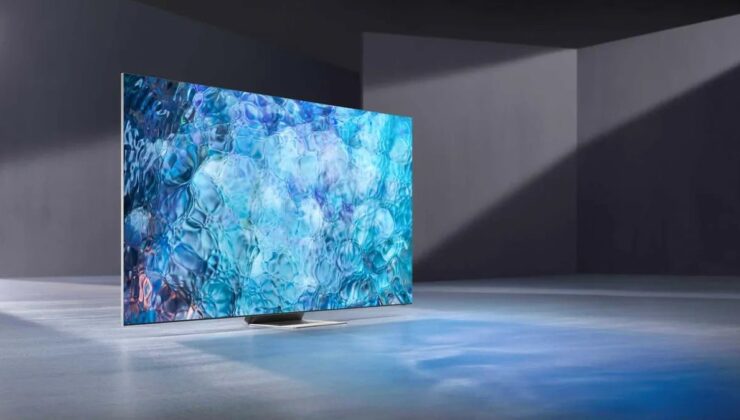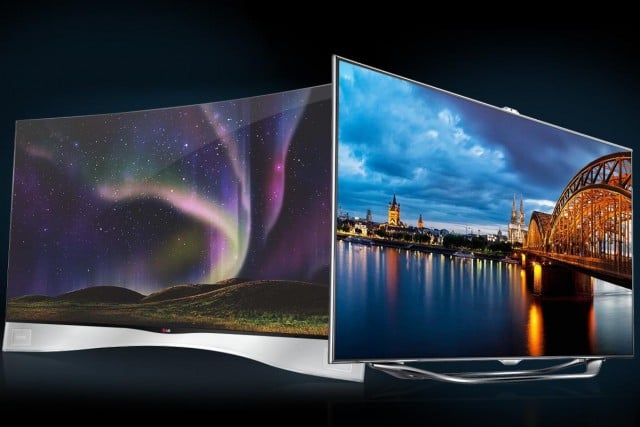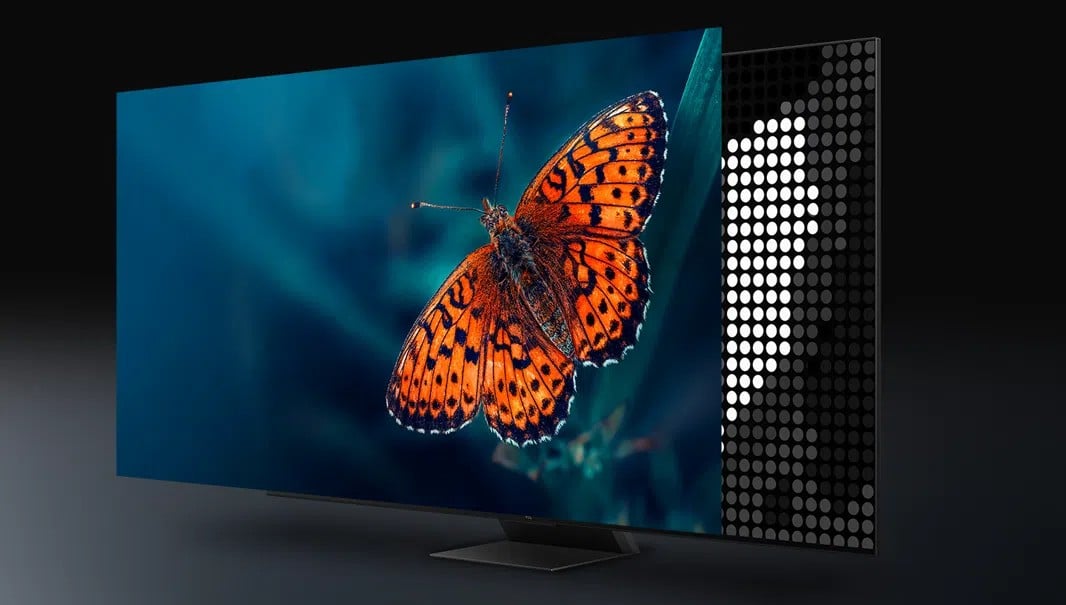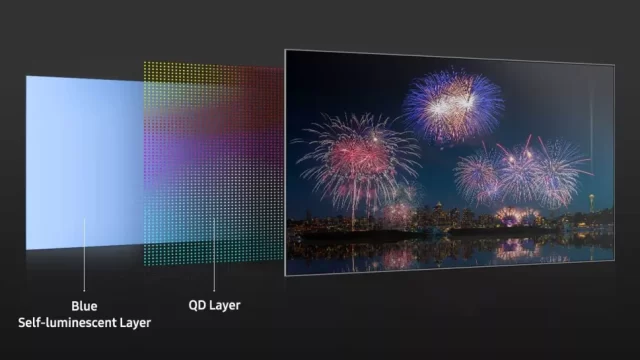

When you’re in the market for a new monitor or TV, the range of display technologies can be overwhelming. Terms like LED, OLED, QLED, QD-LED, and mini-LED fill the specifications, each promising unique visual experiences. Understanding the differences is crucial for making an informed decision.
We’ll delve into the technical details, features, and distinctions of these technologies. This comprehensive guide aims to simplify your choice, ensuring you select the display that best fits your needs and budget.

LED, standing for Light Emitting Diode, is a common backlighting technology in modern screens. These displays use LEDs to illuminate pixels, offering bright, stable images with reduced power consumption compared to older technologies.
While all LEDs are technically LCDs, not all LCDs utilize LED technology. This is why you might encounter terms like “LCD-LED,” often seen with TN, VA, or IPS displays. Some companies use “W-LED” interchangeably with LED, where “W” signifies “white.”

LED technology operates on the same fundamental principles as LCDs, with a flat panel structure comprising multiple layers that manipulate light and color. The backlight layer, typically at the rear of the TV, uses LEDs to provide the necessary illumination for the screen image.
OLED panels, including variations like AMOLED in smartphones, are crafted from organic materials that emit light when electrically charged. The primary difference between LED and OLED is in their operational methodologies.
Unlike LEDs, which rely on a backlight for illumination, OLED pixels emit their own light. This self-emissive property allows OLED TVs to produce true blacks and an infinite contrast ratio, enhancing color accuracy.

LED and QLED TVs require a constant power supply to maintain backlight illumination, which can lead to light leakage and less accurate blacks. In contrast, OLED TVs eliminate this issue, offering exceptional picture quality even in darker scenes.
QLED TVs stand out as LED variants utilizing Quantum Dot technology. These TVs, primarily marketed by Samsung, claim superior brightness, deeper blacks, and a broader color spectrum than conventional LED TVs.

Quantum Dot technology is a requisite for Ultra HD Premium standards, leading Samsung to advocate for the term QLED to encompass all LED TVs that employ this advanced technology.
In terms of differences, OLED excels in producing deeper blacks, while QLED leads in achieving higher brightness levels. The response times in OLED are faster due to the individual pixel control, providing a smoother experience.
QD-OLED, developed by Samsung, merges Quantum Dot and OLED technologies. This approach enhances color vibrancy, peak brightness, and black saturation.

Mini-LED technology, distinct from Micro-LED, uses numerous smaller LEDs for improved dimming and image quality. In contrast, Micro-LEDs are akin to OLEDs, with self-emissive properties for independent pixel illumination.
Your choice among LED, OLED, and QLED should consider factors such as budget, viewing environment, and usage preferences.
Ultimately, each technology has its strengths and weaknesses, and your decision should align with your specific needs and viewing conditions.
ENGLİSH
8 gün önceSİGORTA
8 gün önceSİGORTA
8 gün önceSİGORTA
11 gün önceSİGORTA
13 gün önceSİGORTA
13 gün önceDÜNYA
22 gün önce 1
Elon Musk’s Father: “Admiring Putin is Only Natural”
11651 kez okundu
1
Elon Musk’s Father: “Admiring Putin is Only Natural”
11651 kez okundu
 2
7 Essential Foods for Optimal Brain Health
11484 kez okundu
2
7 Essential Foods for Optimal Brain Health
11484 kez okundu
 3
xAI’s Grok Chatbot Introduces Memory Feature to Rival ChatGPT and Google Gemini
10930 kez okundu
3
xAI’s Grok Chatbot Introduces Memory Feature to Rival ChatGPT and Google Gemini
10930 kez okundu
 4
Minnesota’s Proposed Lifeline Auto Insurance Program
9573 kez okundu
4
Minnesota’s Proposed Lifeline Auto Insurance Program
9573 kez okundu
 5
Introducing Vivo Y300 Pro+: A Blend of Power and Affordability
7506 kez okundu
5
Introducing Vivo Y300 Pro+: A Blend of Power and Affordability
7506 kez okundu
Veri politikasındaki amaçlarla sınırlı ve mevzuata uygun şekilde çerez konumlandırmaktayız. Detaylar için veri politikamızı inceleyebilirsiniz.